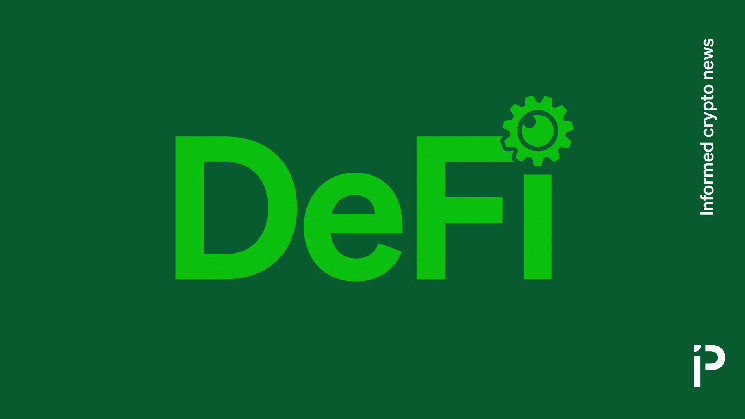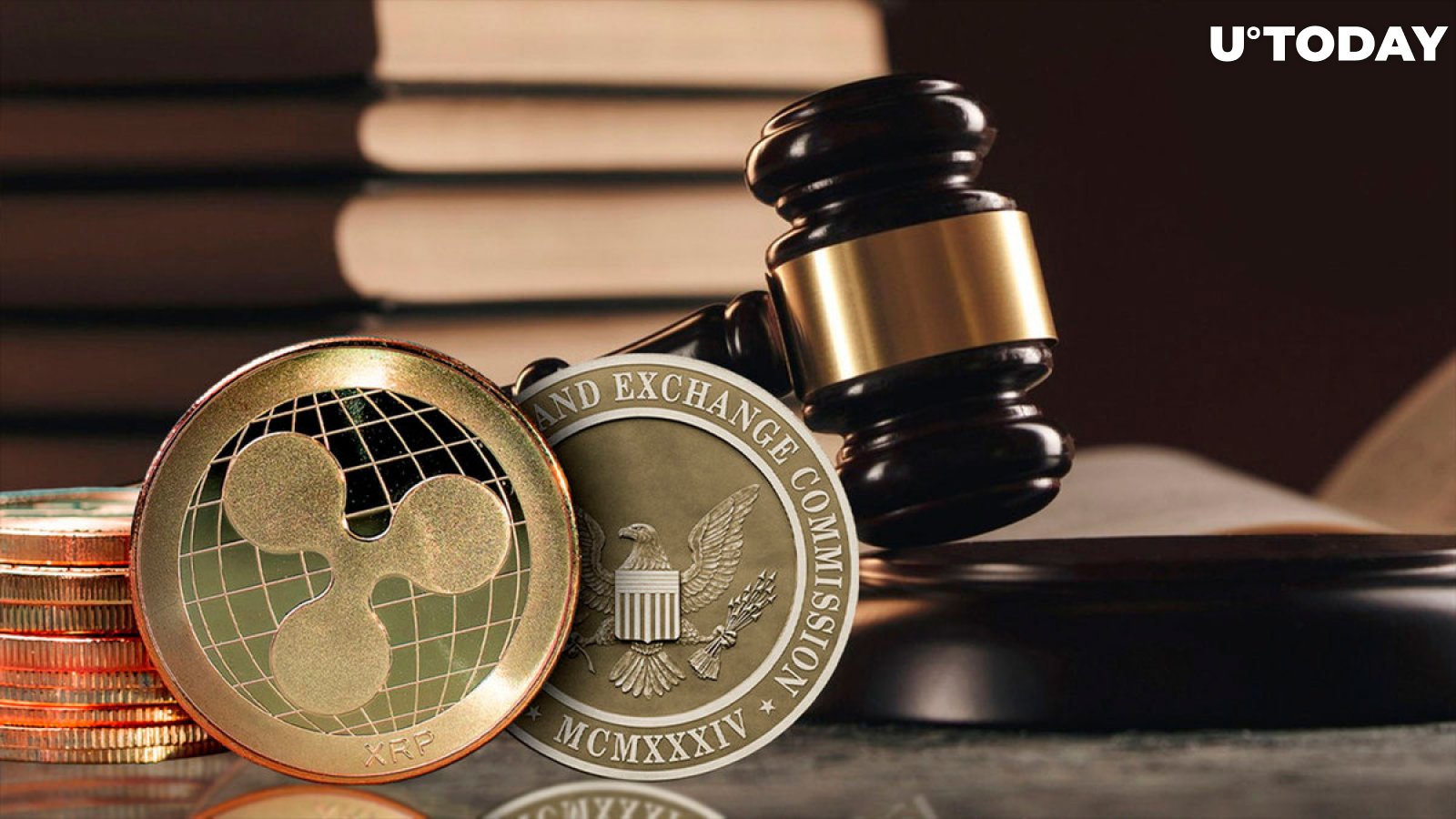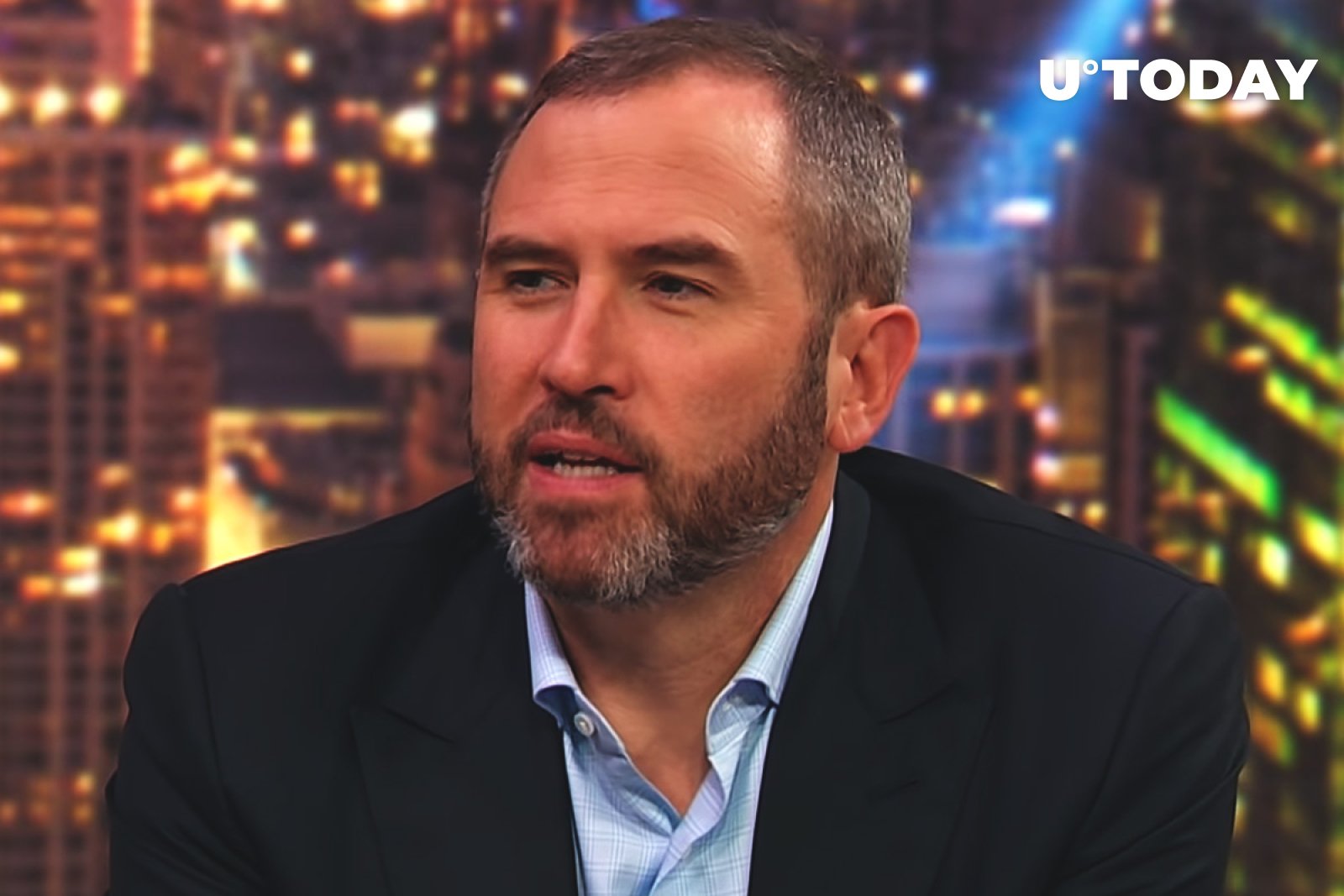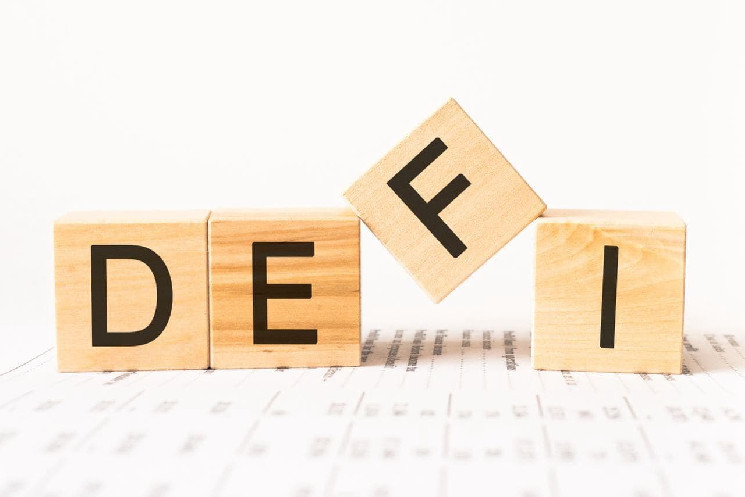It’s debatable whether decentralized finance (DeFi) was ever decentralized — but there’s no doubt that it has become more centralized this year. Crypto research firm Gauntlet’s new research has detailed this rapid centralization of DeFi.
First, Gauntlet identified various sectors of DeFi, such as liquid stakers, yield aggregators, DEXs, bridges, synthetics, and so on. It then counted how many protocols controlled a majority of those sectors’ market shares.
Researchers didn’t need to count very high. In the 12 sectors of DeFi, just four DeFi projects apiece control a majority of their sector’s market.
The most decentralized DeFi sector is DEXs, where only four projects control 54% market share. Sectors only get more centralized from there.
For example, just four liquid stakers control 90% of that sector. Cross-blockchain bridges as a sector is just as centralized: 89% of market share controlled by four bridges. As another example, two-thirds of DeFi yield aggregation is controlled by just four projects.
Centralized decentralized finance (CeDeFi)
Centralized decentralized finance (CeDeFi) describes services that borrow features from traditional finance as well as DeFi protocols. CeDeFi platforms are hybrid offerings. For example, they often blend custodial solutions with on-chain coin swaps.
CeDeFi is also, more simply, a humorous acronym. It highlights the hypocrisy of DeFi’s leading descriptor.
Critics now have this week’s piece of evidence to add to their conviction: Control of the majority of all DeFi sectors have “decentralized” to four services apiece.
DeFi is also very modest for its aspirational goals of disintermediating banks and payment processors. According to Messari, less than three dozen DeFi projects have generated $1 million in the past six months. Venture capital investment in crypto has collapsed by two-thirds from Q3 2022 to Q3 2023.
Many DeFi apps have struggled to generate revenue. Several have shuttered, sunsetted, declared bankruptcy, or otherwise struggled to operate.
More than a year after TerraUSD’s implosion, More than two years after DeFi summer. Where are we in DeFi?https://t.co/yTmBlJcR29 via @crypto pic.twitter.com/YaCOrNkVFm
— Muyao (@MuyaoShen) November 16, 2023
Read more: Curve exploit shows DeFi still far from decentralized in 2023
A tough year for DeFi
Last year’s string of bankruptcies certainly didn’t help DeFi. FTX went bankrupt in November 2022, and all of its top executives have pled guilty or been convicted for crimes. However, that was just the topper of a rotten year.
Gauntlet analyzed the level of competition in DeFi using a metric called the Herfindahl-Hirschman Index. This metric compares the size of a firm to the size of the industry it’s in. The index uses a formula that squares the measurement of the market share.
Gauntlet CEO Tarun Chitra explained the centralization of DeFi as a “flight to quality” — investors leaving riskier DeFi applications and relocating to established players. Chitra cited “security and risk failures of some of the newer protocols” as a major reason for the concentration of power in the hands of four top players in each DeFi sector, respectively.
No matter what, DeFi’s trend toward CeDeFi in 2023 is both clear and comical.
Sourced from cryptonews.net.










